Yomawari: Lost in the Dark (Switch) Review
Stumbling About in Shadow
There is a uniquely scary tone to a lot of Japanese horror media and it is such a perfect backdrop for games that it’s a shame when said games miss the mark. Yomawari: Lost in the Dark is soaked in frustration both mechanically and for the vast potential that it has. Anyone who can handle constant failure states, losing progress, and not being sure how to tackle problems might discover something special inside of Yomawari but this third entry might be the weakest of the series so far.
Fair warning, the content featured in Yomawari: Lost in the Dark is gruesome in nature and can be painful for some players.
Years ago, I played Yomawari: Night Alone on the PSVita and considered it one of the more interesting horror titles I had played in a while. It felt similar to Silent Hill in how the game focuses on exploration, slowly getting access to a rural town’s darkest corners. The monsters of Yomawari were uniquely unsettling and hard to look at with stellar sound design adding to that tension. There was also more urgency to the story, gripping the player immediately with the sudden horrendous death of a pet and then striking out to find it as a child that cannot accept its fate. I wasn’t crazy about the game’s focus on instant death being the common way to fail but it was dark and fascinating in all of the ways that excited me as a fan of Japanese horror gaming.
However, three games and more than seven years later I can’t help but feel like the series has stagnated and maybe even taken a step back.
Yomawari: Lost in the Dark has players create their protagonist and walks them through the story of a child being bullied at school to an extreme degree, resulting in the child taking their own life by jumping off of the school’s roof. From here they are guided by a strange girl who says our hero has been cursed, creating the reason for striking out in the dark. Lifting said curse though is no easy task though as the town is now a twisted world full of vengeful spirits and monsters.
While the setting and visual art of Yomawari continue to be compelling, the gameplay acts like it does not want the player in its world, sprinkling instant death traps every few steps. It feels like walking in a minefield. While there are blatant hints in the game’s opening act on how to avoid being splattered by a wandering ghost it feels like these mechanics are a little looser than I would like. In any other game this would be fitting, leaning into the themes of not knowing exactly what these ghosts are capable of but in Yomawari every mistake means death and lost progress. Being flung back to the savepoint every few minutes to try again is not fun, nor is it scary.
The game’s pacing is horrendously slow, ladened further by the new mechanic of hiding one’s eyes instead of jumping behind a sign or into a bush. This effectively allows the hero to hide anywhere which does solve a spacing issue in the first game where one had to hope there was a hiding spot in long stretches of road. Yet, covering one’s eyes and tiptoeing through areas does nothing more than screech the game’s already deliberate pace to a crawl.
While much of the game’s marketing messages have pointed to customizing one’s avatar there is so much individuality lost when comparing Lost in the Dark to Night Alone to the point that it makes this third game feel way more generic. So much of what gave this series potential has been boiled away by lack of agency, poor writing, and the game fighting player exploration at every turn.
I desperately wanted to love Yomawari: Lost in the Dark. I love this art style and the scares are awesome. The sounds are creepy and get under my skin, perfect for late-night immersion with headphones. I pushed until the final section of the school, a level that focuses on Seven Wonders, rumors shared by the students and giving hints on where to go next and how to deal with the haunting in each room, all while being chased by a Slenderman-looking creature with a sickle. There’s not much in this section that we haven’t seen in countless other games, more if indie horror is a genre one has already explored, but I wanted to see what was next.
Then I hit a stretch with several scenarios in a row that (thankfully did create a checkpoint) forced me into multiple instant-death opportunities in a row. It should have been a heightened set of scenes that culminated in a showdown with the Slenderman thing but it just left me barely scraping by the first few scenes and dying to unknown circumstances in another. Repeating three scenes and dying in the fourth is not something I was keen on, so I dropped the game then and there.
Yomawari: Lost in the Dark desperately needs a health system or far fewer run-ins with ghosts that can instantly kill the player. Honestly, allowing the player to be scared but keep trudging through would be better to keep the tone and atmosphere consistent. This entire game could be redesigned without a failure state at all and it would be better for it. Adding in an easy mode or giving the player invincibility in a patch might also allow more players to see the art that Yomawari so expertly offers but until something like that happens I personally won’t be returning to Lost in the Dark.
Patience and resilience are needed in spades to finish Yomawari: Lost in the Dark, let alone collect all of its hidden items and secrets.
SCORES
GAMEPLAY - 3/10
VISUALS - 7/10
SOUND - 6/10
CONTROLS - 6/10
REPLAY VALUE - 3/10
OVERALL - 5/10
Learn more about Yomawari: Lost in the Dark on the official website. A digital Switch copy was provided for review purposes. Screenshots were captured using native features on a Switch OLED.
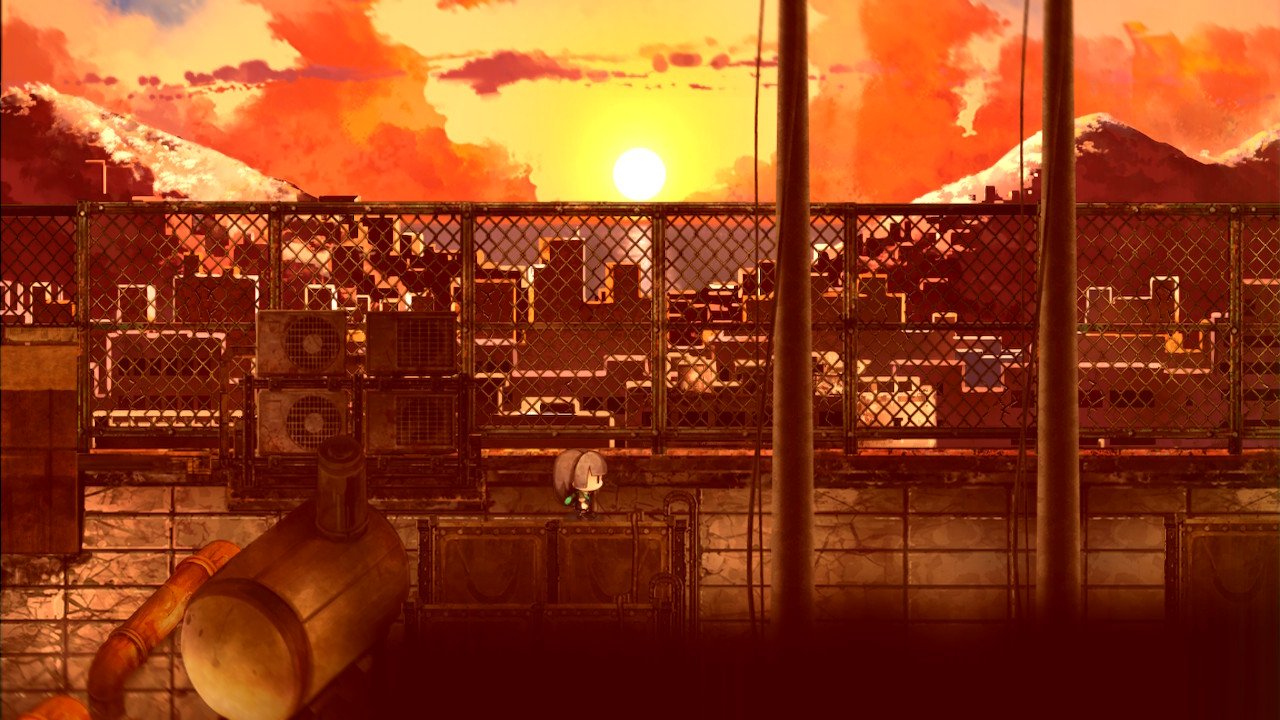
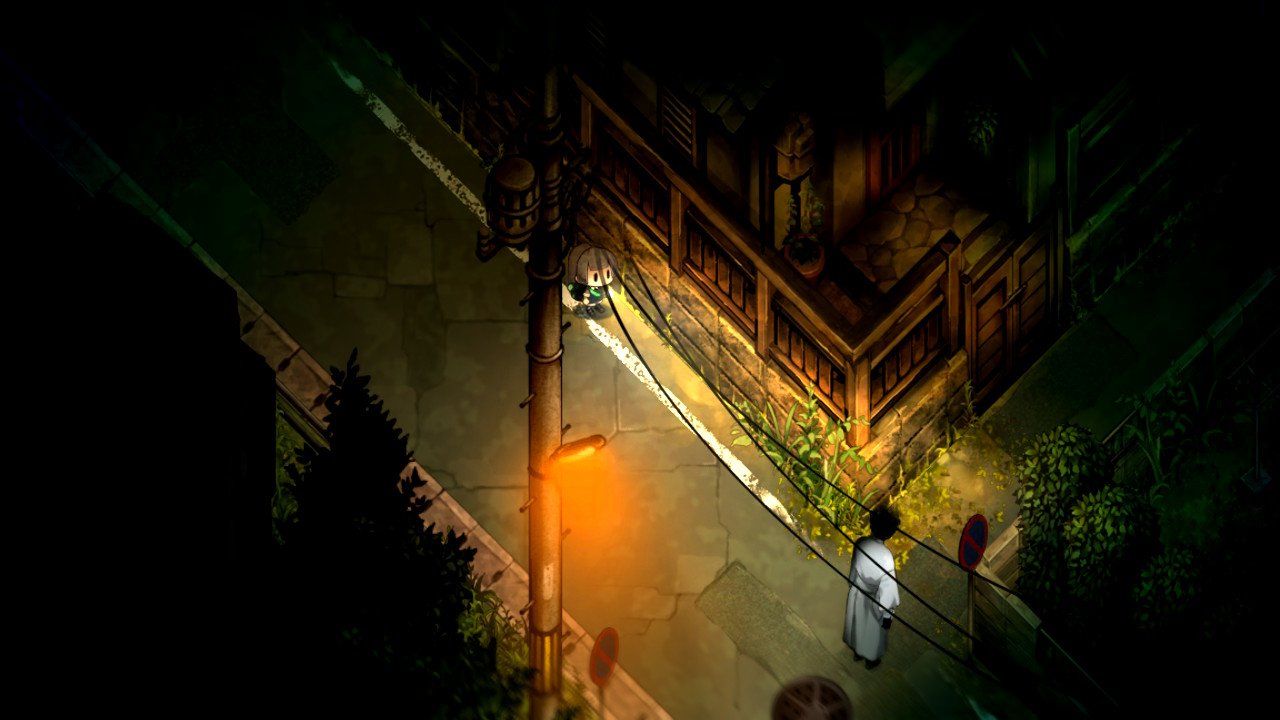
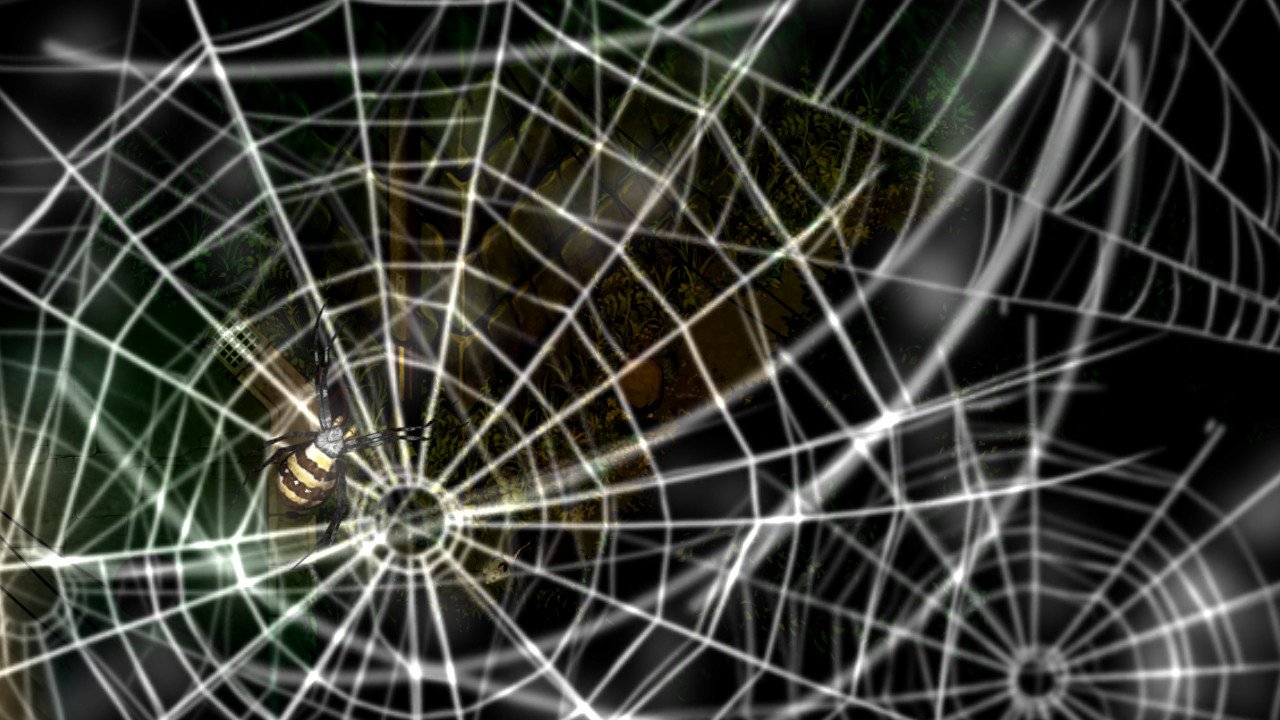





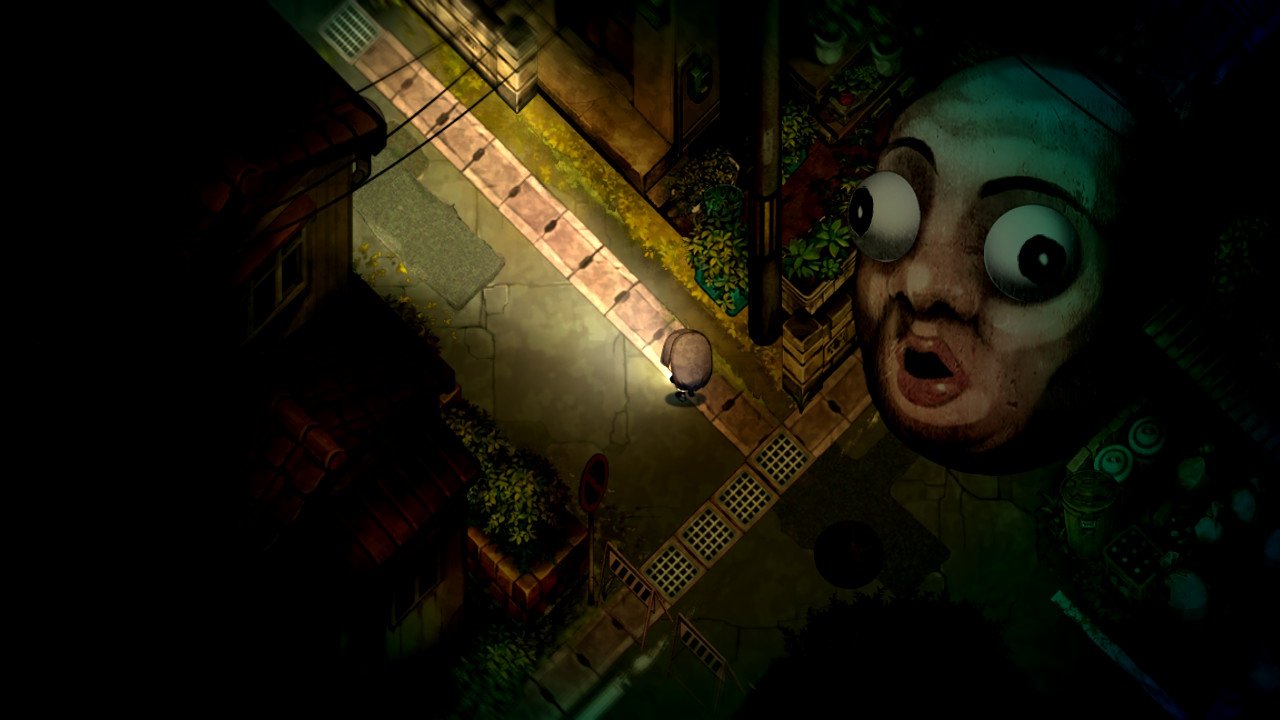





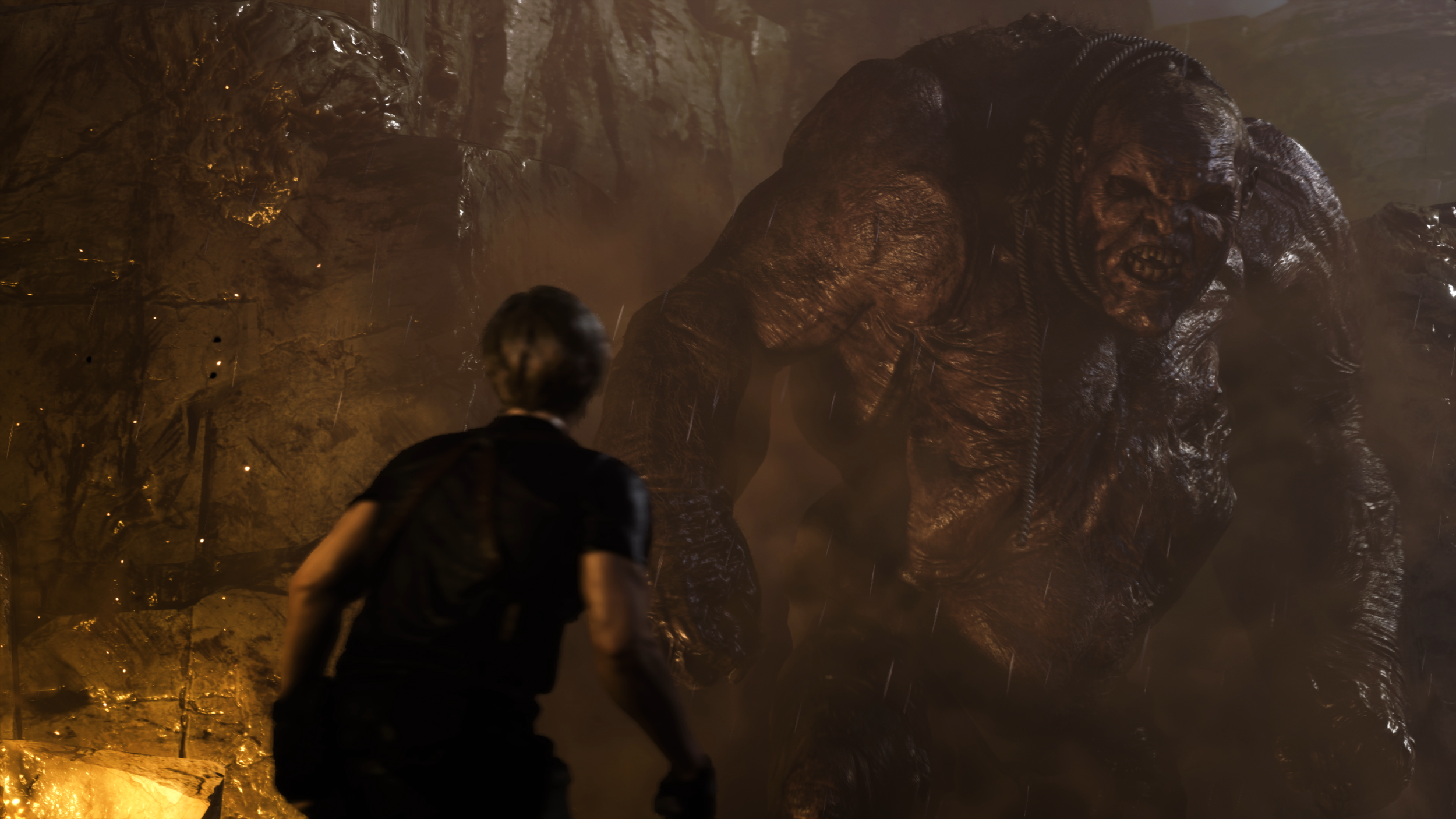
The anxiously awaited remake of the iconic Resident Evil 4 is now available but how does this game stack up to the original? Alex answers in this in-depth review of the PS5 version.